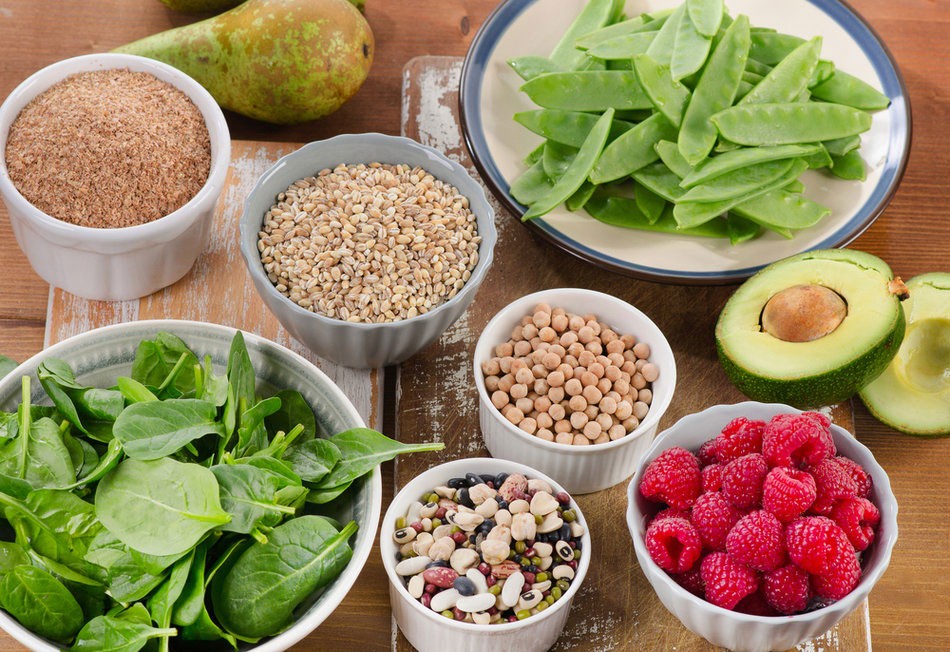Type 2 diabetes
Type 2 diabetes is rising globally and is becoming one of the major non-communicable diseases. Worldwide, the number of people with diabetes increased from 153 million in 1980 to 347 million in 2008.
Type 2 diabetes occurs when the body resists or does not produce enough insulin. Insulin is a peptide hormone produced by beta cells of the pancreatic islets, whose main role is to regulate the metabolism of carbohydrates. Type 2 diabetes has been implicated as a risk factor for other chronic illnesses such as blindness, ischemic heart disease, and some specific cancers. Therefore, there is a strong case for public health preventive action aimed at reducing the burden of type 2 diabetes.
Although the development of type 2 diabetes is complicated, some dietary factors such as refined carbohydrates, saturated and trans-fats coupled with low fiber intake, are believed to be associated with increased risk of type 2 diabetes. To date, many epidemiological studies have examined type 2 diabetes risk in relation to dietary fiber intake.
What are fibers?
Fibers are the indigestible part of the food. The nutritional fiber recommendations are 30-38 grams a day for men and 21-25 grams a day for women. Fiber is composed of soluble and insoluble fibers. Soluble fibers are the indigestible part of plant material which is easily dissolved in water and form a gel-like substance in the colon. Ex; pectin found in apples and pears, Beta-glucans in oat, fructans, and galactans found in fruits, vegetables, and beans, such as persimmons, onions, garlic, and soya beans. Insoluble fibers are more present in cereals, potatoes, and bran (outer layer of cereals) and don’t dissolve in water. Most fruits, beans, cereals, and vegetables contain both types of fibers.
Fiber intake and diabetes risk
A high intake of fibers was associated with a 33% lower risk of diabetes compared with a low fiber intake. Dietary fibers may affect the risk of diabetes by decreasing appetite and energy through a range of processes including a delayed emptying rate, a prolonged release of hormonal signals, a slowing of nutrient absorption, or altered fermentation in the large intestine.
Dietary fiber intake improves glycemic control by decreasing postprandial glycemia and insulinemia and increases insulin sensitivity. A low glycemic index could lead to a lower postprandial glucose peak, which leads to a decreased insulin demand and protects the pancreas from exhaustion.
The fermentation of dietary fibers in the large intestine may alter the growth of specific gut bacteria, affect the production and composition of short-chain fatty acids, and thereby affect the secretion of appetite-regulating peptides. Based on intervention studies, the effect on glycemic control appears to be stronger for soluble fiber than for insoluble fiber.
Dietary fibers have also been associated with lower concentrations of cholesterol, inflammatory markers, and serum uric acid; all of which are associated with increased risk of type 2 diabetes.
Key takeaways
Dietary recommendations to prevent type 2 diabetes should not only focus on the quantity and quality of fat, protein, and carbohydrates in the diet. A comprehensive preventative meal plan should also look at the quantity of fibers ingested, as well as on ensuring a balance of total energy intake with expenditure.
This article first appeared on page 19 of November 2018 issue #07 of DiaLeb‘s “Review” – The Annual National Diabetes Organization* Publication.

